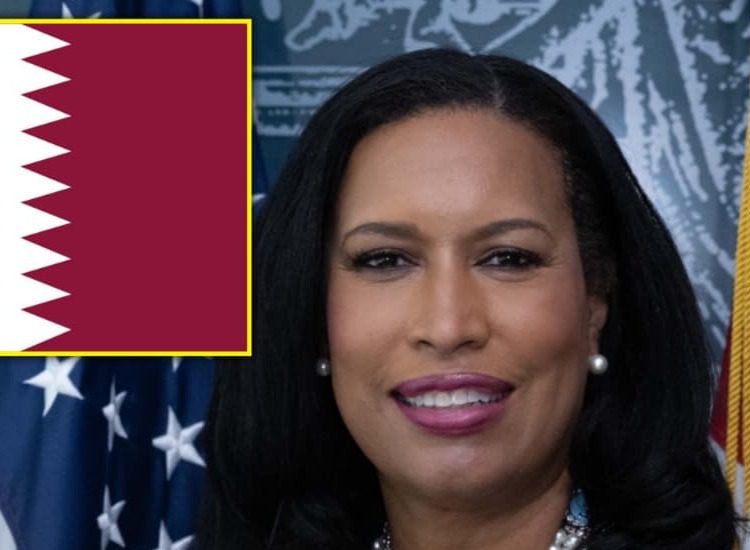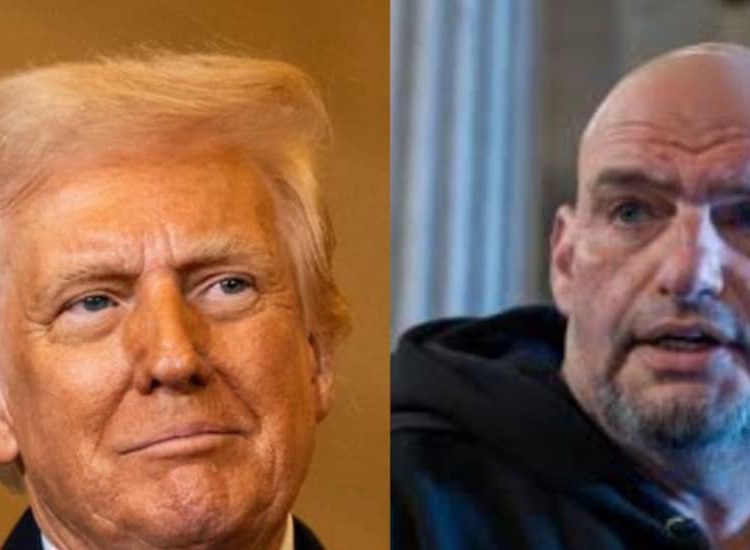President Trump Stuns the Nation with Landmark Deal Slashing Weight-Loss Drug Prices from $1,350 to as Low as $149 — Saving Millions of Americans Thousands a Year
In what’s being hailed as one of the most sweeping healthcare affordability moves in modern history, President Donald Trump has struck a landmark deal with pharmaceutical giants Eli Lilly and Novo Nordisk — the makers of blockbuster weight-loss drugs Mounjaro and Wegovy — to dramatically slash prices for Medicare and Medicaid beneficiaries beginning in 2026. Under this new agreement, Americans enrolled in federal healthcare programs will soon pay between $149 and $350 per month for GLP-1 medications that currently cost an average of $1,350 out-of-pocket. For millions struggling with both obesity and rising medical bills, the announcement marks a seismic shift in affordability — and a major political win for Trump as he continues his push to “Make Healthcare Affordable Again.”
The deal, which sources close to the administration describe as the result of months of behind-the-scenes negotiations, underscores Trump’s strategic focus on cost-of-living relief — a central pillar of his 2026 policy agenda. While critics have long debated the sustainability of GLP-1 coverage expansion, there’s little question that the drugs have transformed the weight-loss and diabetes care landscape. According to recent data from the Centers for Disease Control and Prevention (CDC), over 70 percent of U.S. adults are overweight or obese, and obesity-related health costs exceed $170 billion annually. Drugs like semaglutide and tirzepatide, marketed under brand names such as Ozempic, Wegovy, and Mounjaro, have offered new hope to patients — but their staggering costs have kept them out of reach for millions.

That changes now. “For too long, Big Pharma has dictated prices without accountability,” Trump said in a televised statement Thursday night. “We’re finally putting the American people first. These drugs save lives, and Americans should not be paying 10 times what other countries pay. This is about fairness, health, and freedom of choice.”
The announcement immediately sent shockwaves through both Wall Street and Washington. Eli Lilly and Novo Nordisk stocks dipped slightly on the news, as investors digested the implications of lower U.S. margins. Yet analysts believe the long-term impact may actually be stabilizing, with both companies gaining massive volume growth through expanded access. According to data from IQVIA, over 15 million Americans could be eligible for these discounted rates once the policy takes effect — representing a potential fourfold increase in prescription demand.
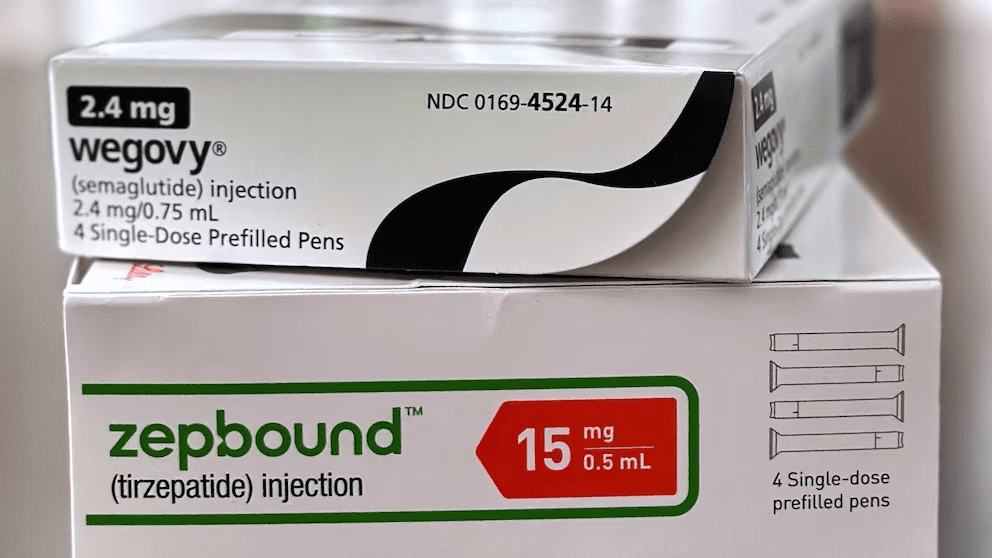
Healthcare experts called the agreement “historic.” Dr. Marc Siegel, a professor of medicine at NYU Langone Health, said the deal “could redefine how we think about public-private partnerships in healthcare.” He explained that while the drugs were initially developed for diabetes, their proven effects on weight reduction — averaging 15 to 20 percent body weight loss over 68 weeks — have made them some of the most sought-after treatments in the world. “The problem was always cost,” Siegel said. “Now, for the first time, cost may no longer be the barrier.”
Behind the scenes, administration officials credit Trump’s hands-on negotiation style and willingness to leverage federal purchasing power. Sources within the Department of Health and Human Services (HHS) say the deal mirrors Trump’s earlier efforts to lower insulin prices — a campaign promise he fulfilled in his first term through competitive contracting and rebate reforms. “He did it once, and he’s doing it again,” said one senior HHS official. “The President made it clear: Americans shouldn’t have to choose between their health and their wallet.”
The economic ripple effects could be profound. Goldman Sachs analysts estimate that the average Medicare beneficiary currently spending $16,000 annually on GLP-1 treatments will see savings of up to $12,000 per year under the new plan. For the federal government, the short-term costs of subsidizing expanded access could be offset by long-term reductions in obesity-related healthcare expenses. A 2024 RAND Corporation study found that every 5 percent reduction in obesity rates could save the U.S. healthcare system over $60 billion in a decade.

Politically, the announcement is being framed as a masterstroke of timing. Coming on the heels of Trump’s renewed affordability agenda — which already includes pledges to cut grocery prices, expand domestic energy, and restore middle-class tax relief — the drug price rollback further cements his image as a populist problem-solver focused on tangible results. “This is how we win 2026,” one campaign aide told Fox Digital. “Every kitchen-table issue matters, and this one hits home for millions of Americans.”
Even some of Trump’s longtime critics admitted the move was politically brilliant. “He’s doing what Democrats promised but never delivered,” one former Biden advisor said anonymously. “If this goes through smoothly, it’s going to be very hard for anyone to outflank him on economic or healthcare issues.”
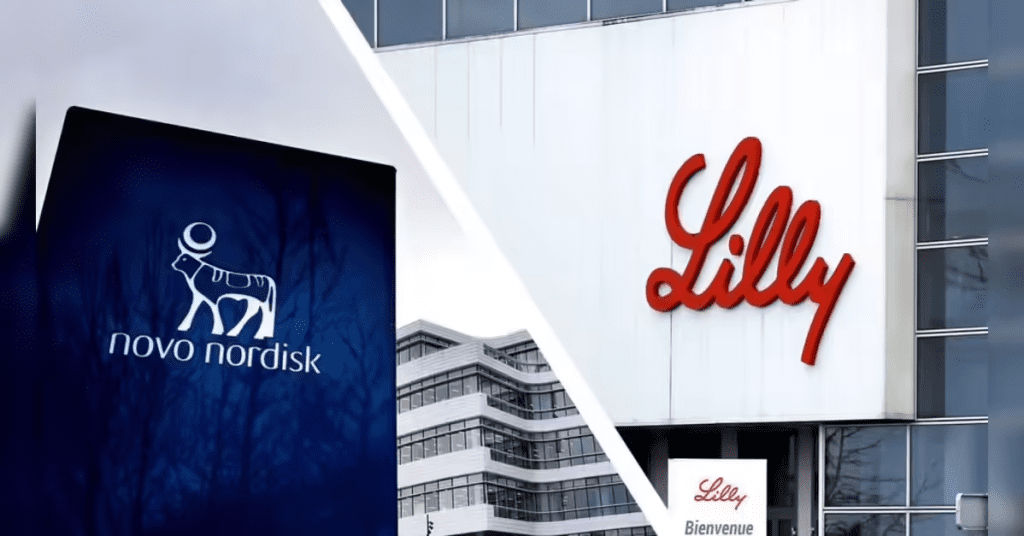
At the heart of this announcement lies a broader question: how far will this administration go to reshape pharmaceutical pricing? Trump’s first term saw his team attempt to link U.S. drug prices to international benchmarks — an idea widely popular among voters but fiercely opposed by the pharmaceutical lobby. This new deal, however, bypasses legislative gridlock entirely by securing direct manufacturer cooperation. According to officials familiar with the talks, both Eli Lilly and Novo Nordisk agreed to participate voluntarily after the administration offered incentives tied to expanded production and guaranteed volume purchasing.
For patients, those details are secondary. The emotional impact of the announcement was immediate. Across social media, stories poured in from individuals struggling to afford the medications that doctors said could change — or even save — their lives. “I’ve been paying $1,200 a month for Mounjaro,” one user wrote on X. “Now I might finally be able to afford it. Thank you, President Trump.”
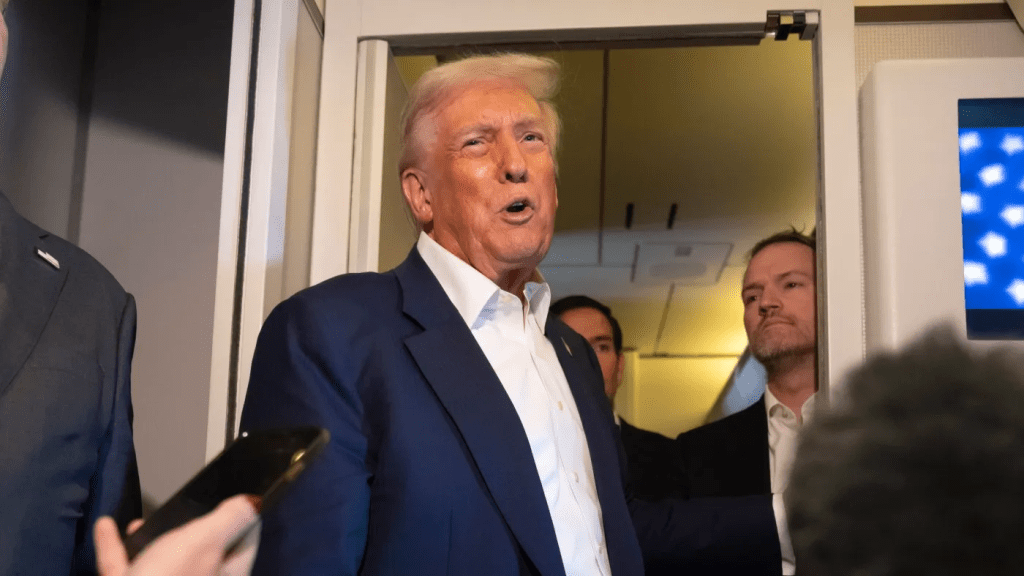
Still, not everyone is celebrating. Some critics, including Democratic lawmakers and pharmaceutical watchdog groups, questioned whether the deal might pressure manufacturers to cut corners or shift costs to private insurance markets. But administration officials insist the pricing structure is sustainable, emphasizing that it targets only government-backed plans while encouraging private insurers to follow suit. “We’re creating competition where there was none,” one official said. “That’s the essence of capitalism — and that’s what makes this plan work.”
In the broader economic picture, the timing of this announcement couldn’t be more potent. Inflation has cooled to near 2 percent, wages are rising, and consumer sentiment has hit its highest level in nearly three years. The weight-loss drug market, valued at $100 billion globally, is one of the fastest-growing sectors in healthcare — and this decision positions the United States at the forefront of both accessibility and innovation.
Trump’s allies have framed the deal as part of a larger mission to “put America’s health back in American hands.” Beyond weight-loss drugs, the administration is reportedly exploring similar negotiations for insulin analogues, cancer immunotherapies, and arthritis biologics — all high-cost treatments that have long burdened families. “It’s not just about one class of drugs,” said Trump campaign spokesperson Karoline Leavitt. “It’s about restoring fairness to a system that’s been rigged against patients for decades.”
The President himself framed the issue in characteristically bold terms. “We are making America affordable again,” he told supporters at a rally shortly after the news broke. “When I say we’re fighting for you, I mean it — because every American deserves access to life-changing medicine at a fair price. The days of overpaying for Big Pharma greed are over.”
The announcement also reignites debate around the intersection of healthcare policy and electoral politics. With Trump’s approval ratings surging and his base energized by a string of post-election victories, this move could prove pivotal heading into the 2026 midterms. Political analysts describe it as a “game-changer” for suburban and middle-income voters — demographics deeply impacted by healthcare costs.
As one conservative strategist put it, “This isn’t just about cheaper medicine — it’s about leadership that delivers results.”
For now, Americans are waiting for official rollout details, expected in early 2026 once Medicare contracts are finalized. But even before the first discounted prescription is filled, the symbolism is clear: Trump is betting that action, not rhetoric, will define the next phase of his presidency.
As the applause grows louder and millions anticipate relief, one sentiment echoes across both political aisles — this is what decisive leadership looks like.

